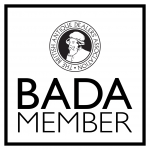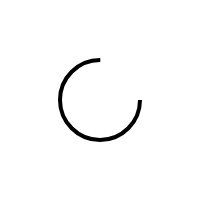No products were found matching your selection.

Harrison Brothers
By 1900, Harrison Brothers & Howson was one of the biggest cutlery firms in Sheffield.
It started with Thomas Sansom, a silver plate worker at Norfolk Street, Sheffield, who registered his mark at the Sheffield assay office in 1808 and went on to form the firm of Thomas Sansom & Sons in partnership with his sons Abraham, John and William Sansom. George Howson, who was likely apprenticed as a cutler in 1803, later became a partner at Thomas Sansom & Sons .
George died in 1847 and the business was acquired by the two Harrison brothers – James William and Henry together with George’s son William Howson, forming Harrison Brothers and Howson.
They took on different roles in the firm, with Henry Harrison moving to America to represent their interests there. Henry became a Master Cutler in 1862. William Howson became a traveller for the firm, but resigned from the partnership in 1875 and died in 1884.
The Harrisons continued to expand the business achieving a Royal Warrant from Queen Victoria and later one from King Edward VIII. but by the end of the century most of the Harrisons had passed out of the business.
The Howson family took over and George Howson (son of William) who had become a partner in 1875 became the leading light, making two world tours to promote their brand. He became a master cutler in 1893 and in 1896 the company registered a new silver mark "GH" showing his influence.
The company had offices in New York and San Francisco as well as show rooms in London. They started to use a coronet with the word "ALPHA" as their corporate trademark. They also used the "Stag’s Head" mark of William Webster, a company they acquired in 1895. They went on to acquire Charles Ibbotson, the pocket-knife maker whose trademark was "SLASH". By this stage they were considered amongst the top half dozen cutlery makers in Sheffield, employing around 600 workers in 1911.
The Howson family continued to run the privately owned company, but it went into decline between the two world wars and was sold to Viners in 1959.






